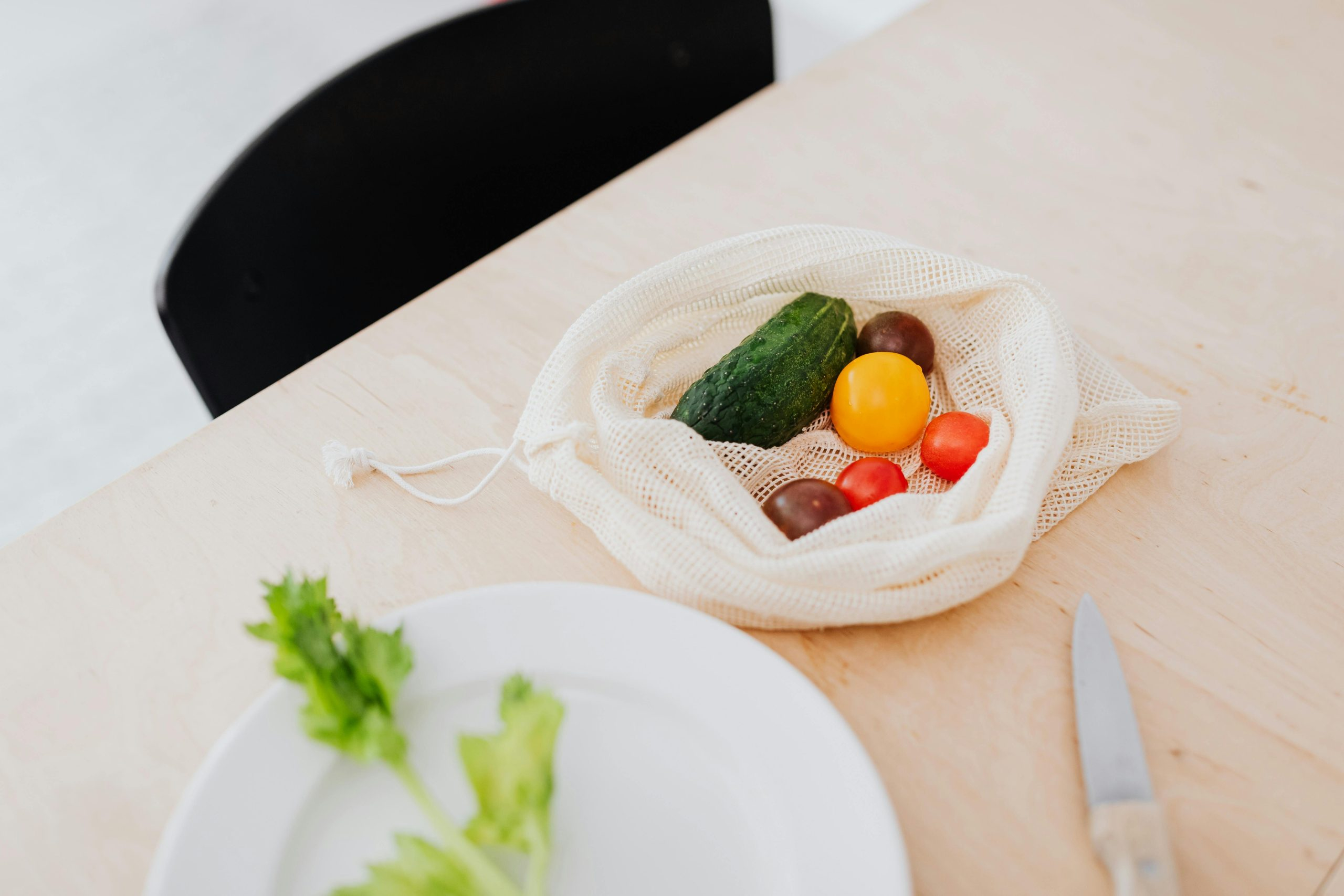Ingredient Substitutes for Allergy-Friendly Eating
Are you someone who loves to cook but also has to deal with food allergies? Have you ever come across a mouth-watering recipe only to find out that it contains an ingredient that you or someone you are cooking for cannot consume due to allergies? It can be challenging and disappointing, but fear not! With some creativity and knowledge, you can easily find ingredients that can substitute the allergens, making your meals allergy-friendly and equally delicious. In this article, we will explore some common ingredient substitutes for allergy-friendly eating, so you never have to compromise on taste again.
Understanding Allergies
First and foremost, it is essential to understand what causes allergies. Allergies occur when the immune system reacts negatively to a particular substance, known as an allergen. These allergens can be anything from food, dust, animal dander, pollen, medication, etc. The reaction can range from mild symptoms like hives or itching to severe ones like anaphylaxis, which is a life-threatening allergic reaction.
Common Food Allergens
When it comes to food allergies, the most common culprits are peanuts, tree nuts, dairy, eggs, shellfish, soy, and wheat. However, people can be allergic to any food item, so it is essential to always check the ingredient label before consuming any food product. It is also crucial to note that allergies can vary in severity, so even if you or someone you know has a mild allergy, it is best to avoid the allergen altogether.
Dairy-Free Substitutes
Dairy allergies can be challenging to deal with, especially since dairy products are a staple in many recipes. However, there are several substitutes that you can use to make your dishes creamy and delicious without dairy. For milk, you can use soy, almond, or coconut milk, which are all readily available in most grocery stores. As for butter, you can use vegan butter or dairy-free margarine, while Greek yogurt can be swapped with coconut yogurt.
Egg-Free Substitutes
Egg allergies are also becoming increasingly prevalent, making it difficult to find suitable substitutes for baking. The good news is that there are a few alternatives you can use to achieve the same results. Flaxseed or chia seed mixed with water can replace eggs in baking, while applesauce, mashed banana, or pureed avocado can be used in dishes like pancakes or muffins.
Gluten-Free Substitutes
If you or someone you know has a gluten allergy or intolerance, it can be challenging to find substitutes for flour-based recipes. Fortunately, there are many gluten-free flour options available now, such as almond flour, coconut flour, and oat flour. These alternatives work best in recipes that call for a small amount of flour, such as pancakes or cookies. For thicker sauces or soups, you can use cornstarch instead of flour as a thickening agent.
Nut-Free Substitutes
Nut allergies can be particularly tricky to deal with since most nuts are high in protein and are used in many recipes. Sunflower seeds or pumpkin seeds can be used as a replacement for nuts in recipes like pesto or salads. You can also swap almond butter with sunflower seed butter or tahini, a paste made from sesame seeds, as a dip for fruits or veggies.
Other Substitutes to Consider
Aside from the common allergens mentioned above, there are some other substitutions that you can use in your cooking to make your meals more allergy-friendly. For instance, if you or someone you are cooking for has a soy allergy, you can use coconut aminos instead of soy sauce. For shellfish allergies, you can use white fish or chicken as a substitute, while pumpkin puree is an excellent replacement for pumpkin pie spice if you are allergic to cinnamon or ginger.
Final Thoughts
Dealing with food allergies should not limit you from enjoying delicious meals. With the right substitutions and a little bit of experimentation, you can still cook and indulge in your favorite dishes without any worries. Always remember to check ingredient labels, and if you are not sure about a particular dish, it is best to avoid it. Don’t be afraid to get creative, and have fun exploring new ingredients and flavors. Happy cooking!
In conclusion, cooking with food allergies can be challenging, but by using the right substitutes, this task can become much more manageable. Understanding allergies, knowing common allergens, and experimenting with different substitutes can help create allergy-friendly meals without compromising on taste. With this guide in hand, you can now confidently cook for yourself or others with food allergies, knowing that they can enjoy your delicious creations without any worries. Bon appetit!










